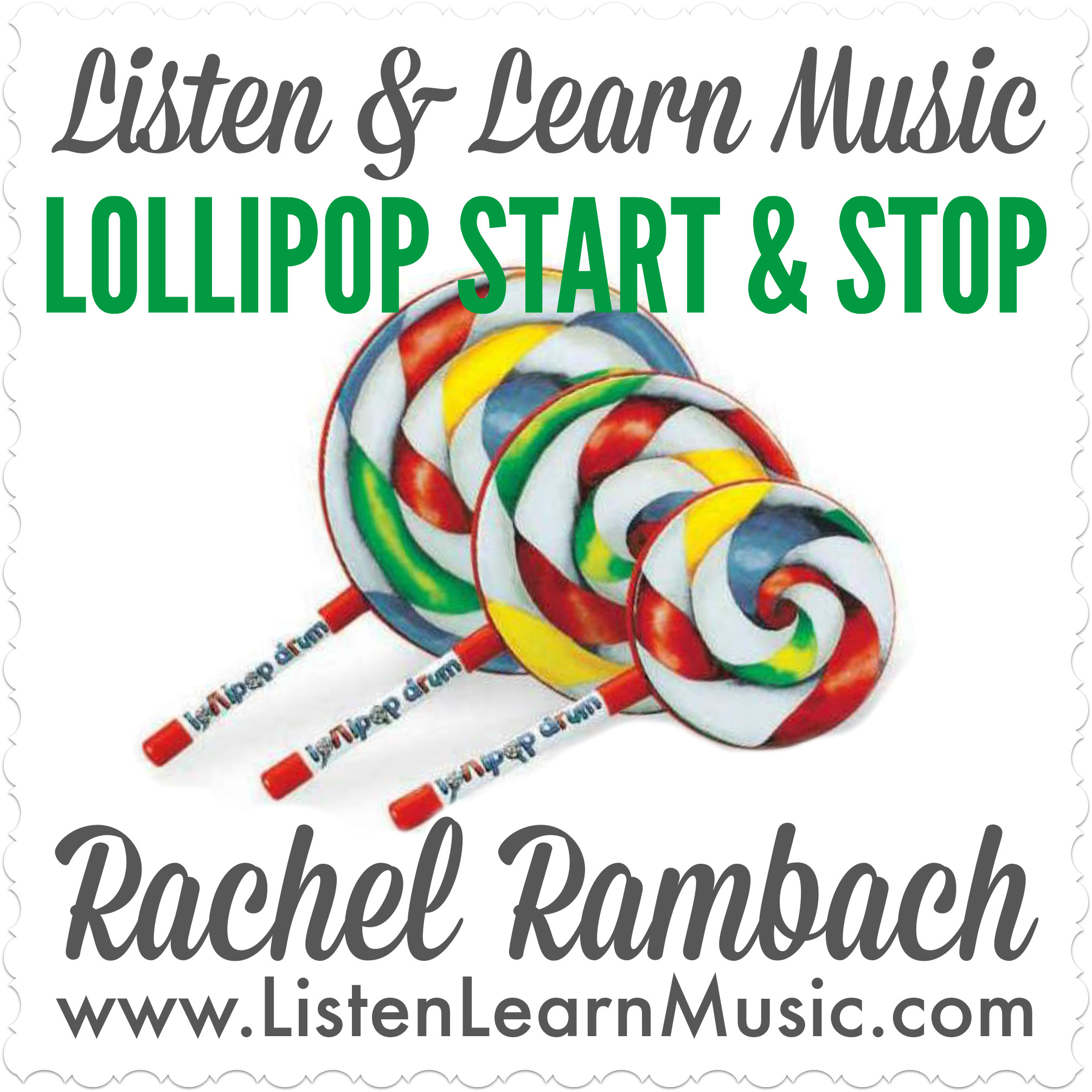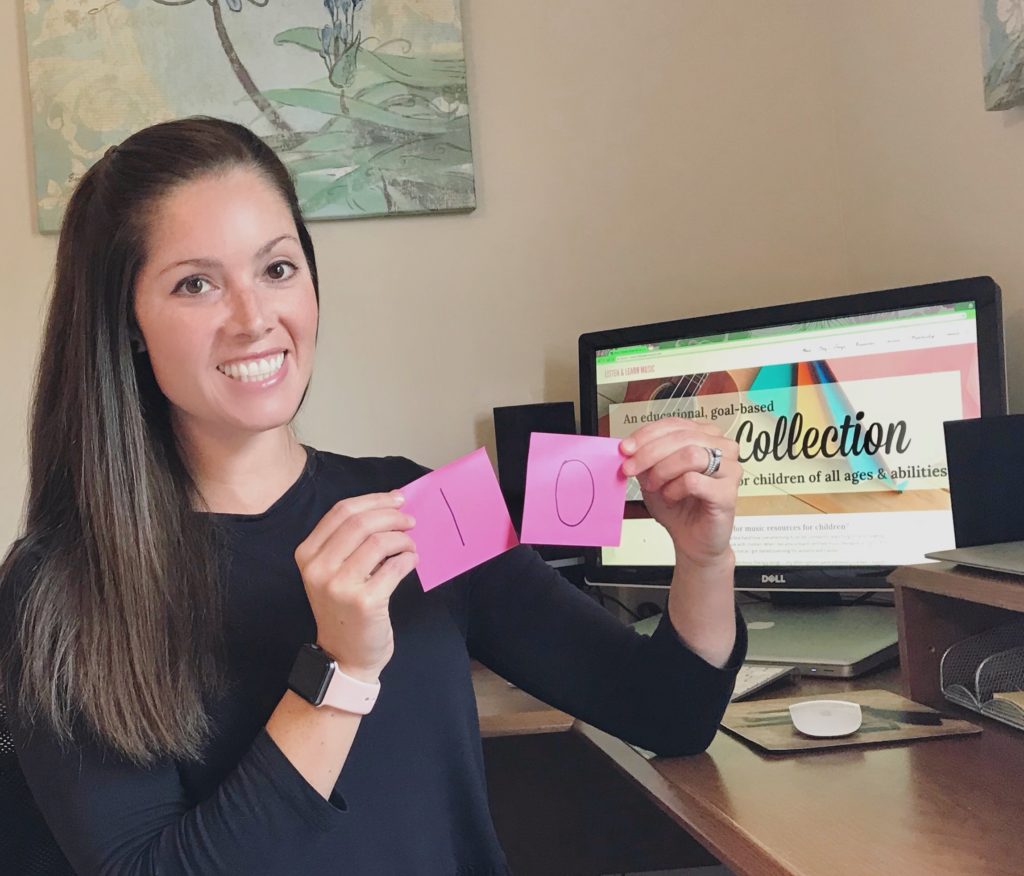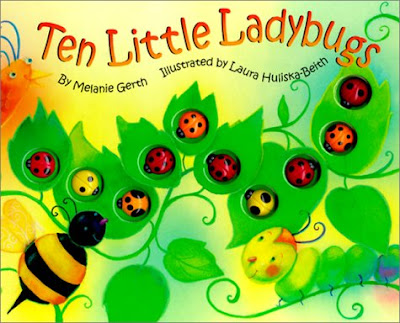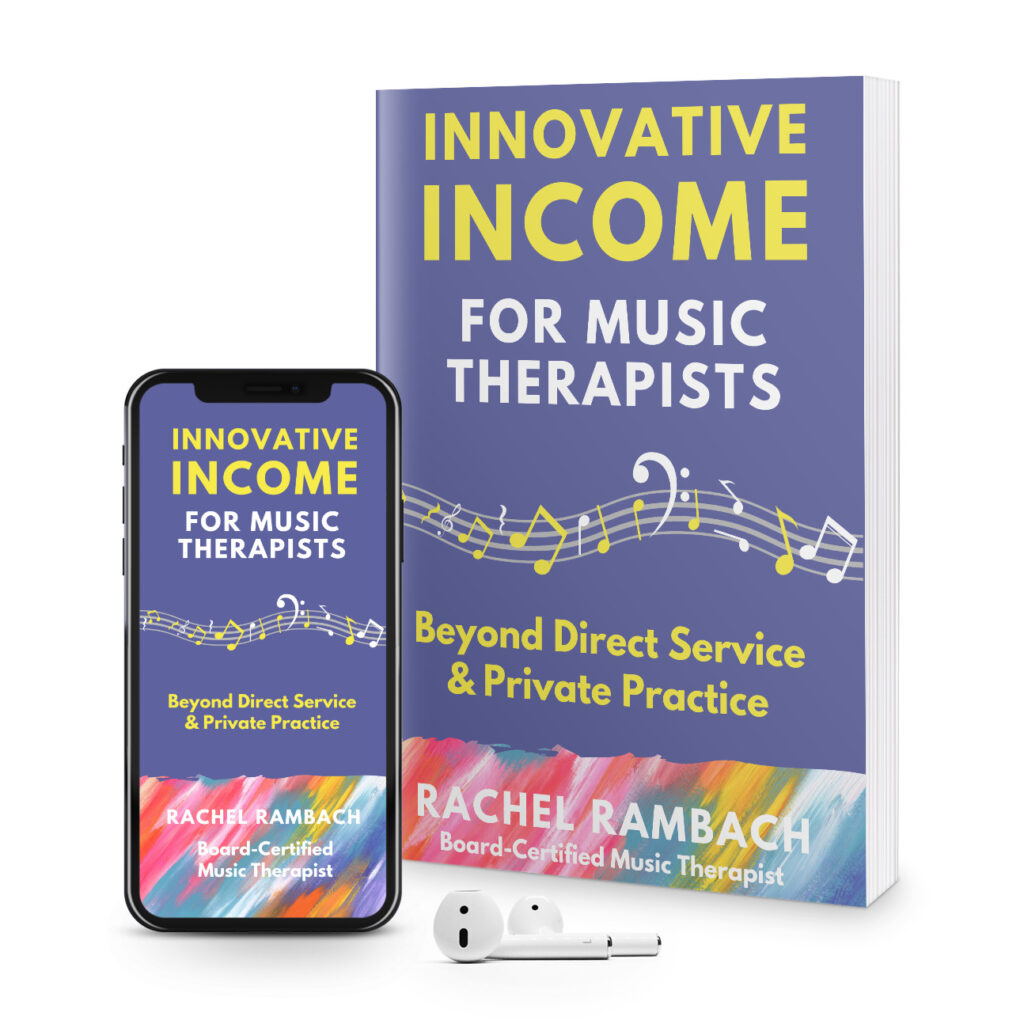
When I was working on my undergraduate degree, one of my music therapy supervisors said something to the effect of “We’ve got to celebrate the little victories, and sometimes it takes a long time to achieve them”. As a young music therapy student, I thought I understood what my supervisor meant, but looking back, I realize I didn’t completely get it.
Fast forward to the present day: a few years into my career, I celebrate the little victories and try to revel in the moment, before swiftly moving onto the next. I’ve spent many sessions working on the same goal or trying another new intervention for that tiny breakthrough moment.
I’ve also spent many sessions cheering my clients on, gushing to family members or teachers about a client’s progress, and occasionally doing a victory dance, and when I think back on some of those little victories, a few songs came to mind.
Some of the goals addressed in these songs:
- Improve fine motor skills
- Improve turn-taking skills
- Increase ability to follow directions
- Improve impulse control
- Increase hand-eye coordination
- Improve utilization of palmar grasp
I have never known a child who didn’t love playing lollipop drums, and for many clients, they are the perfect motivator for making progress towards a difficult goal. “Lollipop Start & Stop” is a catchy tune that I have utilized to target impulse control goals and also understanding of safety signs. I have a stop/start sign that pairs with this song perfectly and gives my clients a visual reminder of their task.
For this song, I begin by requesting that clients wait just a few seconds, and gradually increase the wait time so that they must critically listen for the magic word, “start”! Once I start increasing the wait time, I encourage clients to hum along with me, which often helps them maintain their focus and increase their ability to wait.
Between utilizing a visual aide and requesting that clients hum along, it has increased my clients’ ability to wait and listen carefully for directions. I distinctly remember staff members watching in astonishment as an entire group of preschoolers were able to wait with their lollipop drums for the whole duration requested, and the feeling of pride that my clients were well on their way to reaching their goal.
“The Ukulele Song” is another song that features an instrument that my clients are highly motivated by. My clients always become so excited when they see that ukulele, and many of them will independently shout out “my turn” as soon as I pick it up.
“The Ukulele Song” has proven to be an effective way to motivate my clients to request turns and to also use fine motor skills to explore the instrument. For many clients, utilizing just one or two fingers is a challenge, but with the immediate and satisfying feedback they receive from the ukulele, it’s no wonder that they are ready and willing to isolate their fingers to give the ukulele a strum.
I have a particular memory of introducing the ukulele to a class of young children, and one child who rarely engaged during music therapy was so focused for the entire song, strumming and exploring the ukulele so gently. It was a genuinely sweet moment that brought the child into music therapy as nothing ever had before.
These two songs are just a few of the many goal-oriented Listen & Learn Music resources that have helped me reach a goal or have a breakthrough moment with a client.
I always have a special place in my repertoire for songs that have proven themselves to be indispensable, and these two will surely have a place for a long time to come. Tell me in the comments below: what songs have helped you reach a small victory?
You can listen to all of these songs in their entirety right here. Lyrics, chords, mp3, and instrumental track for these original songs are available for download. As is the case for all Listen & Learn Music creations, we invite you to adapt this song as needed to best serve your students and/or clients.









